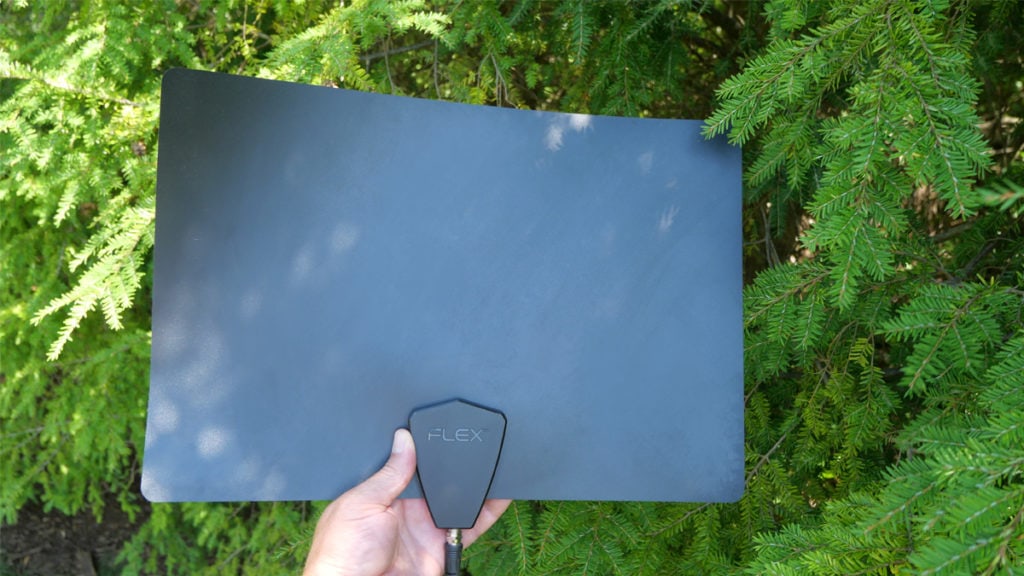Broadcast TV fees imposed by cable TV companies are on the rise again.
Starting on Dec. 20, Comcast will raise its “Broadcast TV Fee” to its customers across the U.S.
While much of the national conversation about cord-cutting focuses on streaming services, over-the-air television remains one inflation-proof way to get local, live TV channels.
TV antennas can receive local over-the-air broadcasts from stations such as PBS, ABC, NBC, CBS, FOX and even sub-channels such as MeTV. There are no monthly costs for using a TV antenna. Local broadcasters are using public airwaves.
Many people aged 50 and older may remember the analog TV era of using rabbit-ears antennas. But a new annual study “State of OTA 2022”, published by Horowitz Research on Dec. 8, found that use of TV antennas is growing more among younger TV viewers.
“The study finds that digital antenna ownership has grown among younger viewers from 14% in 2021 to 23% in 2022,” Horowitz said. “In fact, younger viewers now over-index on digital antenna usage compared to their older (50+ year-old) counterparts (23% and 15%, respectively).”
Access to live, local news and “hyper-local” content is driving much of the growth in the TV antenna market, according to Horowitz.
Free OTA TV is getting more cutting edge than many people realize. TV broadcasters across the U.S. have been transitioning to a new broadcast standard called ATSC 3.0. Also known as NextGen TV, the new broadcast format is capable of delivering 4K and HDR to over-the-air channels.
The current broadcast standard can deliver up to 720p and 1080i picture resolution.
Pearl TV, a coalition of U.S. broadcasters, expects NextGen TV to be available to 75 percent of TV viewers in the U.S. by 2023.
TV antennas 101: Setting it up
While picking the correct TV antenna for your home can be a challenge, there are a few simple benchmarks you can use to stop paying a monthly “broadcast fee” from cable.
Just about every TV on the market, including Smart TVs, have a built-in tuner for over-the-air television. Older non-smart TVs as far back as 2007 also have built-in tuners for digital broadcasts.
People living within 30 miles of a local broadcast tower can probably use an indoor TV antenna to start getting some free TV channels. Once you plug in the antenna to the coax port on the back of the television, open the settings menu and scan for over-the-air (OTA) channels.
The ClearStream FLEX has proven to be among the best indoor TV antennas that I have tested. I position any indoor TV antenna high up on a wall or near a window. You need some degree of elevation for the best reception because OTA signals travel by line-of-sight.
Most decent indoor TV antennas are designed for receiving channels that are on the UHF band, but the FLEX also gets me networks such as my local PBS station, which is on the VHF band.
Outdoor TV antennas placed on a roof or side of a house will always perform better than an indoor TV antenna. Elevation is a key reason. But outdoor TV antennas are generally larger, and may include added elements such as ones for receiving VHF signals.
The Federal Communication Commission’s DTV Reception Map can help you figure out whether your local stations are broadcasting on UHF or VHF.

A number of TVs will have a channel guide for your local OTA channels. And even Roku TVs have a built-in channel guide under the Live TV tab.
Getting NextGen TV requires either a newer TV by LG, Hisense or Sony that has an ATSC 3.0 tuner. You could also use a standalone ATSC 3.0 tuner and DVR setup from HDHomeRun.
But many stations that have transitioned to NextGen TV are maintaining the current digital broadcasts as well for the next five years. So current TV owners can still watch OTA channels without having to upgrade their TV.
TV viewers shouldn’t expect the cost of cable TV to be leveling out or decreasing in the future. Comcast acknowledged as much. The company has been telling municipalities that while it is investing heavily in infrastructure and upgrades, the cost of doing business increases.
“Rising programming costs, most notably for broadcast TV and sports, continue to be the biggest factors driving price increases,” Jay Somers, a senior manager for Comcast, wrote to Sandown, N.H. selectmen last month.
The overall increase to your cable bill will depend on where you live. Comcast’s “Regional Sports fee” and the prices for various TV packages are increasing as well.
In the town of Sandown, N.H., customers will begin paying a broadcast fee of $27.25 each month compared to $24.95 last year. Comcast is raising the broadcast TV fee from $18.65 per month to $26 per month in Taunton, Massachusetts.
Generally speaking, Comcast and other cable TV providers have to pay local broadcasters for carrying networks such as ABC, CBS, NBC and FOX in their cable packages.
Here’s how Comcast explains the broadcast fee to customers on its website:
“It is based on our costs of providing the local broadcast stations that we carry on our cable systems in each area. These costs include the fees that the broadcast stations charge us to carry them on our cable systems, which are among the fastest growing components of our programming costs.”
A TV antenna has the potential to get you the same channels. As for cable TV channels, you can rely on a cheap live TV streaming service for that.
For more news on streaming, how-to guides and reviews, head over to the main page of The Cord Cutting Report or follow the CCR on Google News.